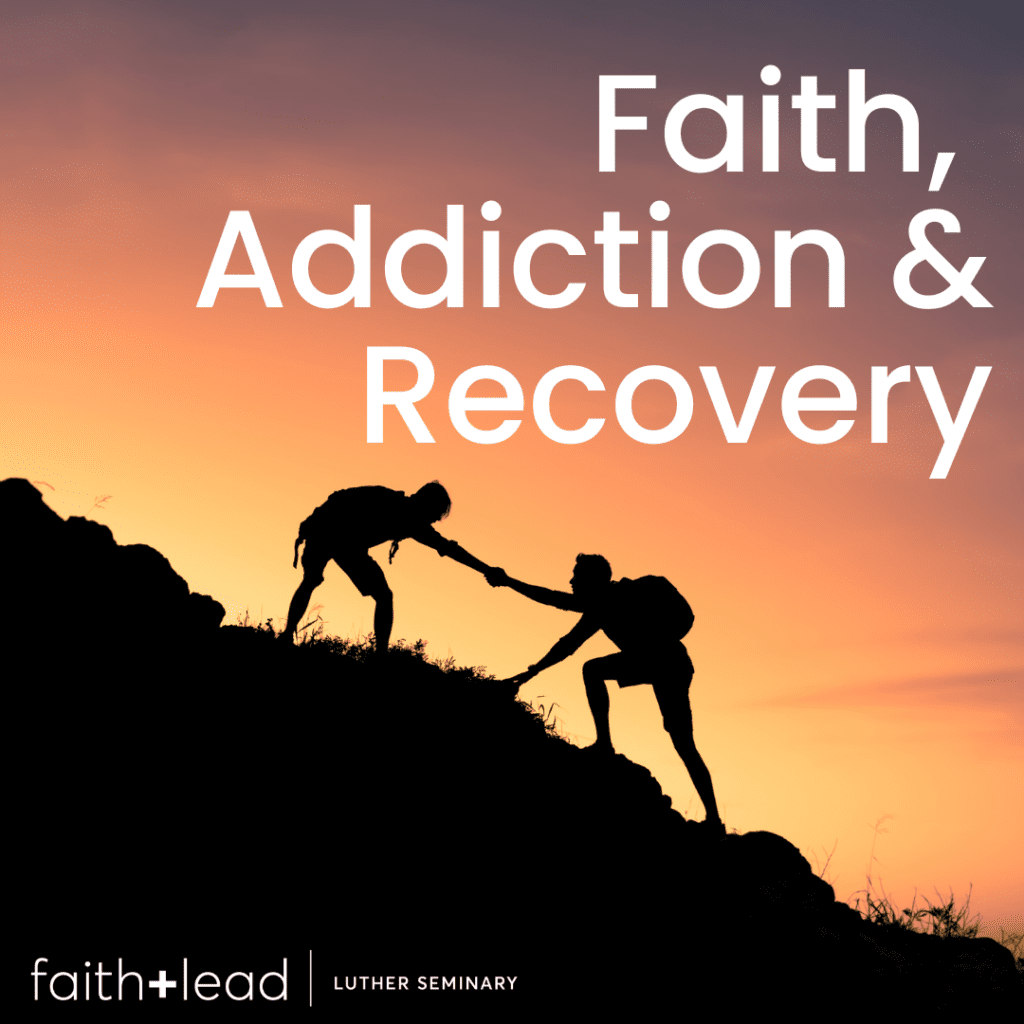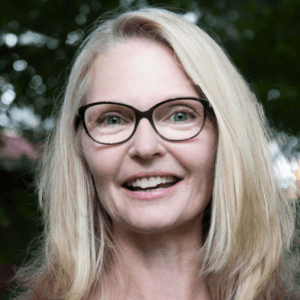I used to think I knew what suffering looked like. That I could recognize it with my eyes. Sense it with my heart. Feel it in my skin. And for some forms of suffering this is true. My body, in an empathetic instance, sees, understands, and sometimes even absorbs the suffering of another human being. Yet this ability of mine, which is human, tends to be most active when the suffering is palpable, on the surface. Such as a person in a hospital bed body racked in pain or a dear friend sobbing in the aftermath of the loss of her mother. In these instances I do not have to search for suffering. It is right there, visible, for me to embrace with compassion.
But I have learned that there are a multitude of hidden sufferings and sufferings that are cloaked in normalized behavior as well as demonized sufferings. There are also forms of suffering encompassing all of the above. One such suffering is that of addiction.
Addiction, according to the Merriam Webster Dictionary, is:
a compulsive, chronic, physiological or psychological need for a habit-forming substance, behavior, or activity having harmful physical, psychological, or social effects and typically causing well-defined symptoms (such as anxiety, irritability, tremors, or nausea) upon withdrawal or abstinence.
Normalization
Experts categorize addiction as either substance or process. Process addiction (some experts use the term behavior addiction) differ only from substance addiction in that the person suffering from addiction’s disease does not crave a substance but rather the sensations produced by participating in the behavior.
We all know a bit about the substances of addiction: caffeine, alcohol, nicotine, marijuana, cocaine, heroin, meth, and some prescription drugs such as those in the opioid and benzos classes. We all know people who use or have used some of or many of these substances. We all have opinions about these substances with some being more acceptable than others. We also may be users of one or more of these substances in social situations, for medical purposes, or in the privacy of our own homes. The common usage of some of these substances wraps possible addiction with a coating of being ordinary.
Process addictions tend to fly under our radar in a different way because they can be part of our everyday lives—work, food, love, exercise, social media, video games, gambling, sex. These are normalized behaviors and for the most part, for good reason. We need food to live. Exercise keeps us healthy. Work is necessary for financial survival. Sex is a human way of showing love, strengthening coupleship, and the way we procreate. Love is a human emotional experience. Gambling, video gaming, and social media surfing are considered entertainment by our current cultural standards. Yet all of these human experiences may also become addictions. And this normalization masks the beginnings of addiction’s disease long before the suffering it causes can be readily identified. Instead it grows hidden giving the disease privacy which in turn feeds it like fertilizer. Secrecy also becomes necessary to avoid the shaming addiction knows it will painfully endure if discovered by others.
Hidden then because of normalization and physiological and emotional necessity, this affliction moves through its progressive yet blurry stages from use, through abuse, and into addiction. The substance or process advances overtime from relieving to necessary, like medication, food, and sleep as a form of human functioning. This is instead really a form of malfunctioning in the chemical makeup of our brains and therefore our central nervous systems. Meaning all of us—body, soul, heart, and mind—suffer in addiction’s presence.
Words as violence
And it is in this full-blown stage of the disease—when a person’s life produces chaos within themselves, their families, friends, and work—that we fully see the disease. Perhaps only now do we feel empathy leading toward acts of compassion. Yet we who bear witness may also hear an inner voice, one we didn’t even know we had, mutter “You are such a ****!” “Get it together!” or “You are so weak!”
Words as violence cause harm even when left unsaid, only felt. When we suffer from addiction, we are not weak or immoral. Our DNA and family legacy may predispose us to this disease. We also may be self-medicating to relieve the symptoms of undiagnosed diseases such as Lyme or depression. We may also be taking the edge off of the afterlife of unhealed traumatic experiences, according to a 2010 study. Addiction as a form of self-medication ironically is a form of preserving our internal life’s force, just one that goes way wrong over time.
So let’s take a moment to imagine living with addiction in our bodies. Wonder about the energy it takes—social, emotional, cognitive, and physical—to organize our entire day, every day, around when we must take our substance or participate in our process. Imagine making sure we can get the addiction’s needs met. Planning for it, procuring the substance or what is needed for the process. Being anxious that it might not happen. Feeling shame around hiding our body’s need. Dealing with an unexpected craving. Or an increase in cravings. Strategizing how to hide this illness from family, work, and friends. Feelings of anxiousness around it all—paying for it, hiding it, using it, needing it.
It’s all suffering. The planning, usage, hiding, thinking about, talking about, looking forward to it. Every day. Every single day and night. Always there. Dictating every action, every waking moment, every decision. Addiction is like having to carry this thing with us everywhere. Even when we want a break, a vacation from it. The addiction becomes an unwelcome body part that takes more and more and more energy to carry.
Are we judging ourselves in addicts’ behaviors?
So why is it that so many among us, bearing witness to the suffering caused by addiction, continue to judge? At the same time experts tell us that “after decades of research, addiction is now understood to be a chronic, treatable brain disorder from which one can recover.” How then is addiction so different from other diseases, the ones in which we readily volunteer to provide hot meals for the patient’s family during treatment?
It’s all about us, the ones watching. We judge ourselves in others because we all participate in some level of addictive behavior, especially during times of high stress. We all have a process or substance fallback. But we all do not get stuck in our fallback. And our ability to unstick ourselves is not because we are morally, emotionally, socially, or physically superior. It’s much more complicated than that. Once again it is a combination of our life’s history, our ancestors’ histories, the possibility of other health issues, our healing’s history, and our access to resources.
Yet since we all participate in some level of addictive behavior, we can at the same time recognize what it is we all share in common: Our humanity. This recognition is called empathy. Our shared existence as humans always asks us to see the suffering both in ourselves and others. This seeing, this recognition we name as empathy, is the opening into what can heal, what we learn from Jesus: how to act with compassion.
Your turn
So what can we do? Let’s begin by being open and honest about the many forms of hidden suffering. Then let’s recognize addiction as being one of these forms of hidden suffering in others and perhaps ourselves. Once again our recognition is empathy. What we do next determines if we cause more pain or work to alleviate suffering. What we do next either perpetuates suffering or reduces suffering. Friends, what we do next is either part of the disease or part of the cure.
- Write down all the myths about addiction you know about.
- Read John 8: 1-9. Who shows empathy? Who shows judgment? Who shows compassion? Who shows violence? Who shows love? Who do you want to be?
- What is your deepest desire for people suffering with and from addiction?




